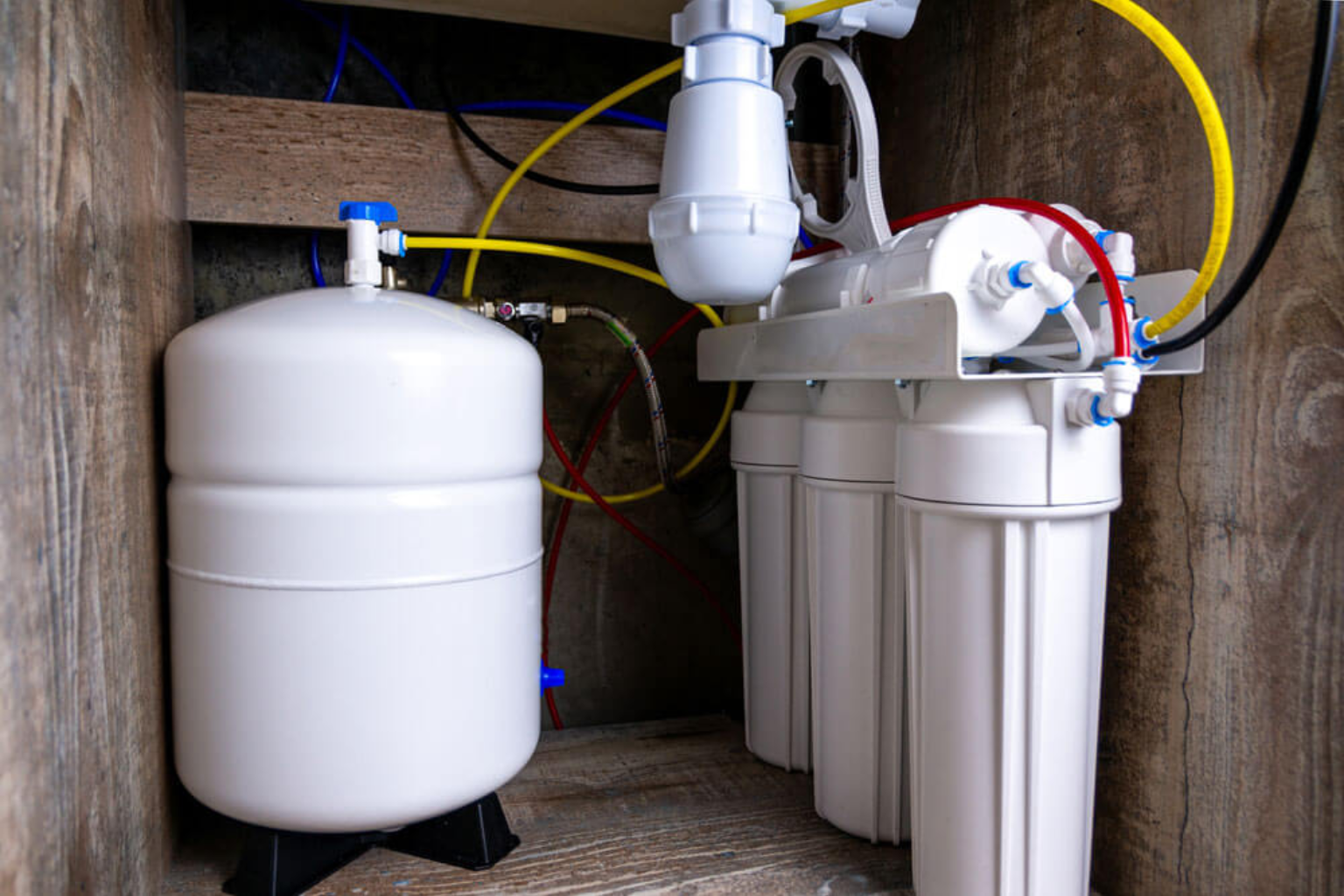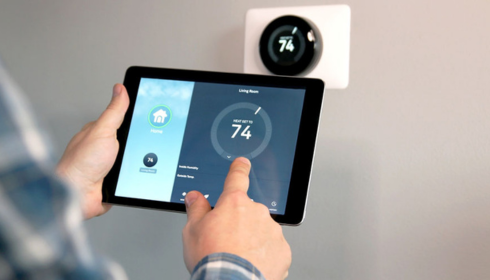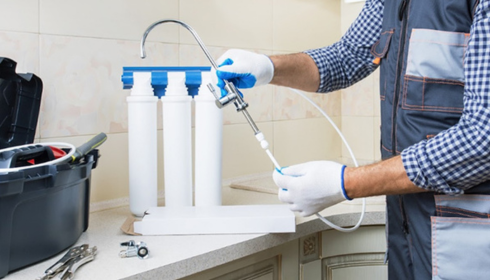Clean Water, Clear Conscience: Why PFAS Filtration Matters More Than Ever

If you’ve been following the growing conversation around water safety, chances are you’ve heard of PFAS—those so-called “forever chemicals” that seem to linger in everything from non-stick pans to the very water pouring out of our taps. The name itself sounds harmless enough, almost like some new health supplement, but make no mistake—PFAS are a problem. And not a small one. Once they’re in your water supply, they don’t just pack up and leave quietly. They stick around, building up in our bodies and our environment, with potential long-term consequences scientists are still uncovering.
It’s a tricky subject, because on the one hand, water is such a simple, everyday necessity, and on the other, the thought of invisible chemicals flowing into our homes is unsettling. For many households, the solution begins with technology that can catch and filter out these substances before they ever reach your glass. That’s where a PFAS water filter system becomes more than just a piece of gear—it turns into peace of mind.
Why PFAS Has Become the Buzzword of Water Safety
For decades, PFAS compounds were used in consumer products because they resist heat, oil, and water. Raincoats, pizza boxes, carpeting—you name it. They’ve been hiding in plain sight, which is partly why so many water sources across towns and cities are now affected. Unlike some contaminants that break down naturally, PFAS are stubborn. Think of them like that one sticky piece of gum on the bottom of your shoe that refuses to come off no matter how hard you scrape.
Communities that once trusted their local water supply are suddenly left questioning what’s safe. Headlines about towns discovering elevated levels of PFAS in wells and municipal systems are becoming more frequent. For families, it often sparks the same question: what can we actually do to protect ourselves at home?
The Role of Filtration and Why It’s Not One-Size-Fits-All
Not every water filter is built equal. The pitcher sitting in your fridge might be fine for improving taste, but PFAS needs something more robust. Advanced carbon block filters and reverse osmosis systems are typically the ones up for the job. These technologies are designed to trap and reduce contaminants on a microscopic level, and in many cases, they can dramatically cut PFAS concentrations.
People sometimes underestimate just how specialized water treatment has become. You’re not simply straining pasta here—it’s science meeting necessity. Investing in filtration isn’t about following a health trend; it’s about making sure the most basic thing you rely on every day—water—isn’t working against you. And that’s why many families are now making the shift to options that can truly remove PFAS from drinking water, rather than just hoping the issue resolves itself.
Trust Matters: Certification as a Safety Net
Here’s something I’ve learned after digging deep into the world of filtration: certifications aren’t just marketing fluff. They’re a real measure of trust. Independent organizations test and verify whether a product actually does what it claims, which is crucial when the stakes are this high.
That’s why it makes sense to look for a certified PFAS water treatment solution if you’re serious about addressing contamination. Without certification, you’re left relying on a company’s word. With it, you’ve got proof backed by testing standards. It’s a small detail that often makes a world of difference when you’re standing in the store aisle or scrolling through online listings trying to decide which filter to buy.
Everyday Life with Safer Water
Picture this: you wake up, head to the kitchen, and pour yourself a glass of water straight from the tap without a second thought. That’s the ideal, isn’t it? The quiet comfort of knowing what you’re drinking is clean. When you’ve got reliable filtration in place, you stop second-guessing. Coffee tastes a little better, your kids refill their water bottles with confidence, and even small things like boiling pasta or rinsing vegetables feel less nagging in the back of your mind.
It’s not about paranoia; it’s about reclaiming a sense of normalcy. Clean water should be one of life’s givens. A solid filtration setup makes that expectation real again, even in areas where PFAS is a documented concern.
The Bigger Picture
While individual households can and should take action, PFAS contamination is also a reminder of the larger environmental challenges we’re facing. It’s not just about what happens at the tap—it’s about the systems that supply communities. Policy changes, industrial accountability, and infrastructure improvements are all part of the long-term fix. But until those catch up, it falls on each of us to make the choices we can.
Filtration might feel like just one step, but it’s a meaningful one. In the same way seatbelts don’t fix reckless driving but still save lives, filters don’t erase the entire PFAS problem but they do reduce exposure in a practical, tangible way.
Closing Thoughts
At the end of the day, water is the thread that runs through every part of life. We cook with it, bathe in it, serve it to our kids, and pour it for our guests. When something as hidden yet harmful as PFAS enters that picture, it’s easy to feel overwhelmed. But the answer doesn’t have to be complicated.
A good filtration system, especially one that’s certified and proven effective, is a simple, empowering step. It lets you turn on your faucet without hesitation. It gives you back control in a situation that feels otherwise untouchable. And maybe most importantly, it allows you to drink deeply—not just water, but the peace that comes with knowing you’re looking out for yourself and the people you love.
Leave a Reply
You must be logged in to post a comment.




Leave a Comment